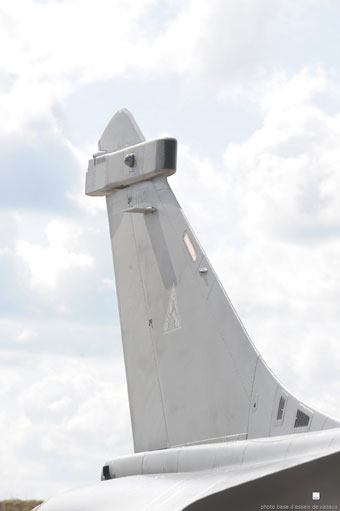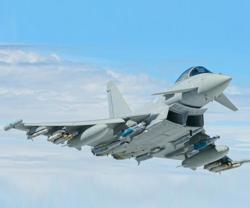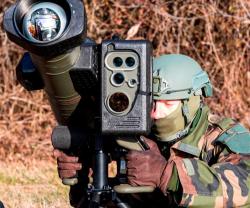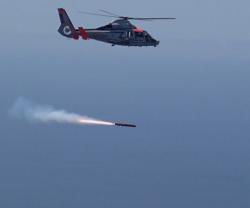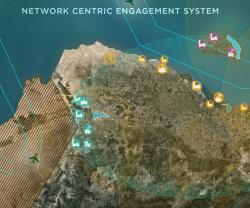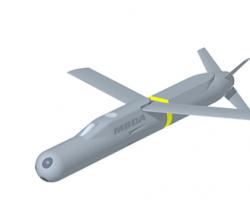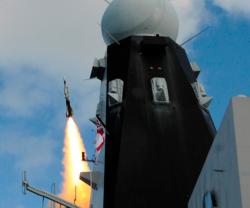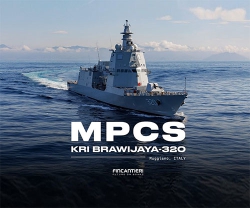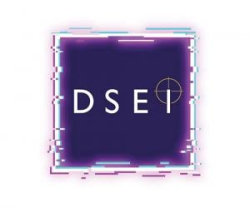MBDA can now present the first images obtained by its New Generation Missile Detector System (DDM NG) which has been flying on the Rafale since summer 2009 at the DGA’s (Direction Générale de l’Armement) test flight centre in Cazaux (75km from Bordeaux). Achieved within the timeframe agreed when the development of DDM NG was launched at the end of 2007, this first programme of flight trials has produced extremely convincing results. As a result, the DGA has ordered DDM NG equipments for the 60 Rafale combat aircraft which were ordered in December 2009 for delivery commencing in 2012.
The concept behind DDM NG is the ability to detect incoming attacking missiles from any direction and angle of attack with regard to the host aircraft. It will succeed the current DDM system on the Rafale as a “form, fit and function” replacement. DDM NG incorporates a new infrared array detector which enhances performance with regard to the range at which a missile firing will be detected, offers improved rejection of false alarms and gives an angular localisation capability which will be compatible with the future use of Directional Infra Red Counter Measures (DIRCM). With two sensors, each equipped with a fish-eye lens, DDM NG provides a spherical field of view around the aircraft.DDM NG benefits from over 30 years of unequalled experience in France in the area of infrared missile detectors, historically associated with the challenge of providing nuclear strike aircraft with fully discrete protection when having to penetrate deep into enemy territory. The quality of DDM NG’s detection algorithms and its very low false alarm rate, allows it to be effectively incorporated within an integrated aircraft self-protection system such as SPECTRA (Système de Protection et d’Evitement des Conduites de Tir Rafale) and to automate the sequence of countermeasures. Operating in passive infrared, DDM NG has no electromagnetic compatibility issues with other sensors and can therefore be easily integrated into all aircraft platforms.

